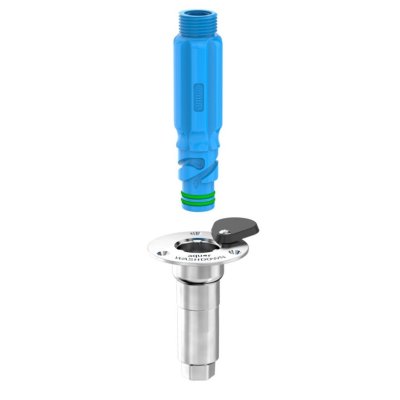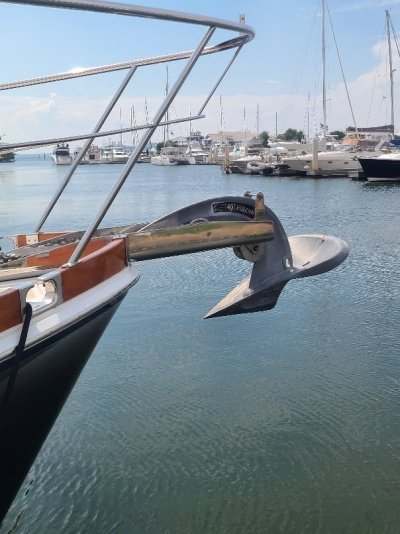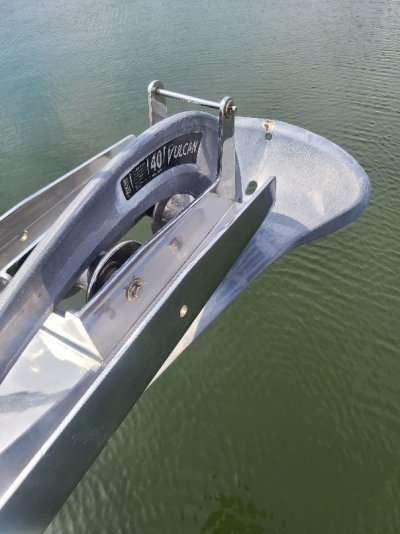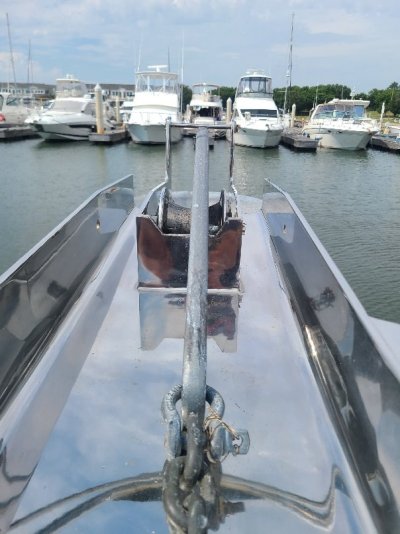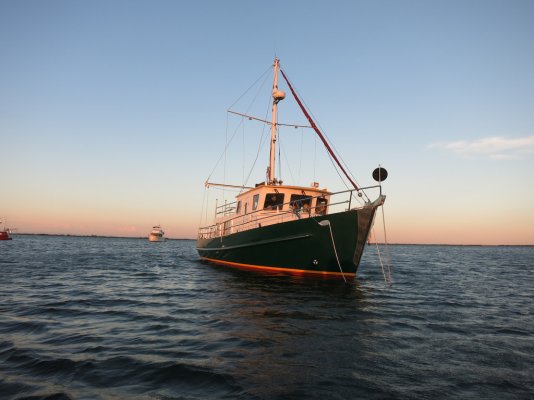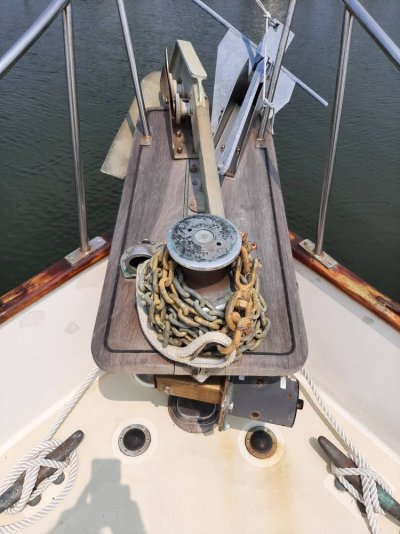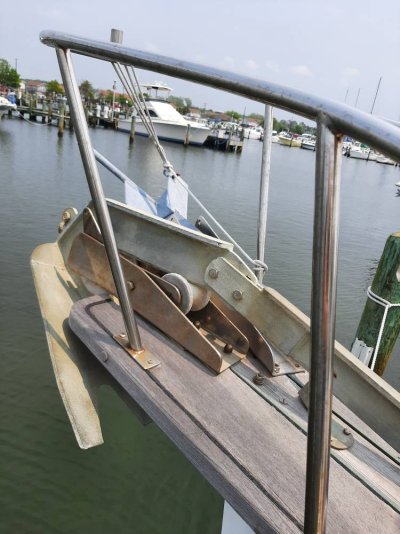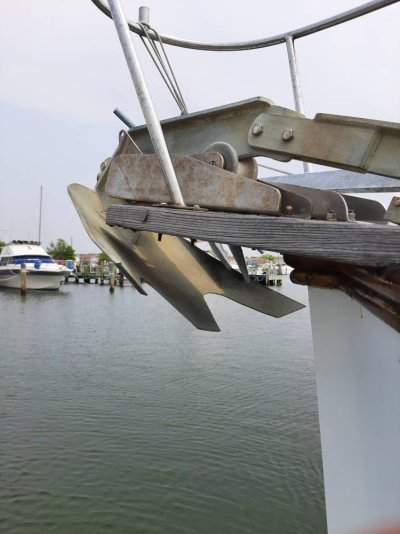wkearney99
Guru
- Joined
- Feb 17, 2018
- Messages
- 2,164
- Location
- USA
- Vessel Name
- Solstice
- Vessel Make
- Grand Banks 47 Eastbay FB
The only 'nearby' through-hull is the outflow for the macerator. And I just really don't want to introduce a setup that might present any chance of co-mingling from there (even though we don't actually use the macerator). I suppose I could just remove the macerator connection and re-purpose the through-hull. But while we don't use it now, since we're not usually out in waters that allow for dumping, I'm hesitant to just remove an otherwise useful feature. Otherwise everything else is back in the engine room. That and tee-ing off an existing connection presents potential problems with pump suction causing backflow from what's already using that intake. I wouldn't want the added hassles of anything that might cause a restriction on the raw intake turn the pump pressure against the seals or plumbing of anything else.I teed the forward head intake thru hull for my washdown. Depending on what intakes you have, you might be able to share an existing one.
My pulpit does the same thing, so I try to keep the spray aimed below the pulpit to knock most of the junk into the water. When some dirt starts to get on the pulpit and looks like it may run back onto the deck, I pause the windlass for a moment and spray off the pulpit to push the junk off the forward end of it. Doesn't always keep the deck 100% clean, but it greatly reduces the junk ending up on deck.
Same. If it was just gunk that was channeling back inside the pulpit I could probably just lay a towel or something down there to catch it before it ran back. But there's also a fair bit of 'cast off' from the chain that splatters the adjacent deck. For us, the key to water management is not bothering to clean the deck until the anchor is aboard. I typically just let it all get messy and save the water to rinse the gunk off the foredeck, with a back/forth sweeping pattern. Then back along the gunwales. Which have the added annoyance of not having an overboard drain until all the way back at the cockpit.
I have a hose flow meter. I should probably connect it and measure just how much water gets used for this.

